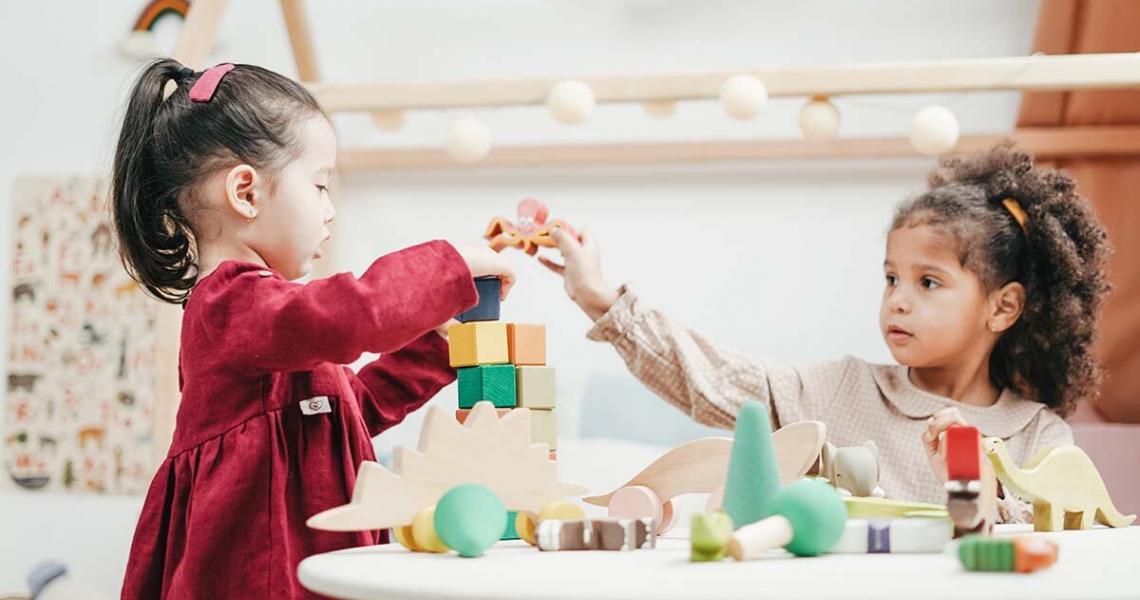7 Guidelines for Nursery School Disinfection & Cleaning
Proper nursery school disinfection in the childcare setting is a must to prevent transmission and contamination of the facility. Young children have weaker immune systems and tend to move a lot, touching surfaces, mouthing objects, and rubbing their eyes unconsciously. By keeping the premises, equipment, toys, and furniture inside the nursery clean and disinfected, you are reducing these health risks.
What is the difference between cleaning & disinfection?
Cleaning is the physical removal of visible dirt, dust and organic matter from objects using soap or detergent, warm water and friction. While it’s removing dirt on surfaces, cleaning also helps remove harmful microorganisms. The purpose of cleaning is to remove the coating of these harmful microbes that make them more resistant to disinfectants. For the disinfection to be effective, surfaces must be thoroughly-cleaned. Cleaning, however, does not destroy all bacterial spores.
On the other hand, disinfection is the process that inactivates disease-causing germs through the application of a chemical solution. There are two levels of disinfection:
Low level disinfection is used for routine housekeeping of environmental surfaces and equipment. High level disinfection is mostly used on hospitals and the healthcare setting to prevent the spread of disease during exposure to blood or body fluid.
Nursery school disinfection requires a low level disinfection protocol. Here are some guidelines in disinfecting nurseries, preschools, and other childcare facilities:
- Clean objects and surfaces with soap and warm water
Clean surfaces and objects with soap and water. Apply friction by using damp cloth, rug, mop or a sponge. This ensures surfaces are clean from visible dirt before disinfection.
- Rinse with clear water.
After cleaning with a solution of soap and water, make sure to rinse it again with water to remove the soap residue.
- Follow with a disinfectant
Use a formula of bleach and water or use disinfectants according to the manufacturer’s recommendations. The solution can be mixed and placed in spray bottles to apply to surfaces. Meanwhile, a disinfection service company can have more ways to disinfect large areas. They may use chemical-free disinfectants delivered through fogging or spraying.
- Let disinfectant sink in
For the disinfectant to be effective, they must remain in contact for at least 10 minutes. When using a market disinfectant, check the label for manufacturer’s instructions. Make sure to follow the prescribed use to avoid unnecessary side effects or irritation.
- Leave it to air dry
While most disinfectants do not need to be rinsed off the surface with water, some can be easily left in the air to dry.
- Use damp cloth in cleaning
Whenever possible, use a damp cloth when cleaning rather than dry dusting or sweeping. This ensures no dirt or residue will be left in the air.
- From Least dirty to the dirtiest areas
Start cleaning and disinfecting from the least dirty to the dirtiest areas of the nursery. This ensures proper nursery school disinfection is carried out without contaminating already cleaned areas.
Saniservice provides nursery, school disinfection using Chemical-Free, Hospital-Grade Disinfectants that are safe for humans and kills 99.999% of bacteria and viruses on contact.
